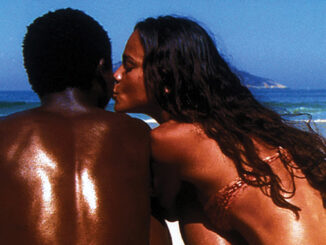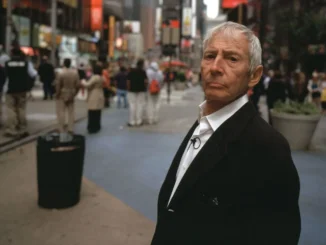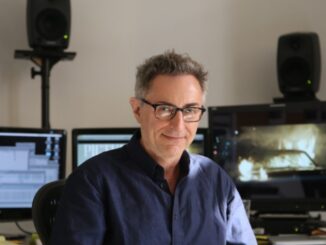
by Steve Hullfish • photos courtesy of Amazon Studios
There are not many name directors who are active members of the Motion Picture Editors Guild and still edit. Two-time Oscar nominee Gus Van Sant is one of them.
Van Sant has had six feature film credits as both director and picture editor (among other titles), his last being over a decade ago with Paranoid Park (2007). But he is back in the editing chair again to co-edit his latest film, Don’t Worry, He Won’t Get Far on Foot, which opened July 13 through Amazon Studios. His other dual directing/editing credits include his feature filmmaking debut, Mala Noche (1986, uncredited), along with Even Cowgirls Get the Blues (1993), Gerry (2002), Elephant (2003) and Last Days (2005.)

Van Sant also directed several notable films that he did not cut, including Milk (2008, edited by Elliot Graham, ACE) and Good Will Hunting (1997, edited by Pietro Scalia, ACE) — both of which earned him Academy Award nominations for directing — as well as To Die For (1995, edited by Curtiss Clayton) and Finding Forrester (2000, edited by Valdís Óskarsdóttir).
Based on the true story of controversial cartoonist and artist John Callahan, Don’t Worry, He Won’t Get Far on Foot stars the three-time Oscar-nominated Joaquin Phoenix (in a role originally intended for the late Robin Williams). A drunk driving accident at 21 leaves Callahan a quadriplegic. As he recovers from both the accident and his alcoholism, he discovers art and a gift for controversial, politically incorrect cartoons, which he draws for an Oregon newspaper. Rooney Mara stars as his girlfriend and Jonah Hill plays his sponsor and guru. The cast also includes Jack Black, Carrie Brownstein, Beth Ditto and Kim Gordon.
Van Sant co-edited the film with David Marks, who had been an assistant editor on a pair of the director’s more recent features, Promised Land (2012) and The Sea of Trees (2015). CineMontage interviewed them in June.
CineMontage: Gus, why do you sometimes edit as well as direct? Do you feel like you’re in better control?
Gus Van Sant: I’ve edited a lot. Editing with someone else at the controls just means you’re that much further away from the actual decisions.
CM: How do you decide which of your films you won’t edit?
GVS: It’s been a budgetary thing. Also, it’s an accepted practice to have a separate editor [when the budget allows].
CM: How does your experience as an editor inform your directing?
GVS: I think you’re always aware of what you need at all times — like the minimum number of shots. If you are going to be inter-cutting things, you’d need at least two angles. I’m not sure I can remember things that have informed other things because they’ve become so interdependent that I’ve lost the “informing” thread of them.
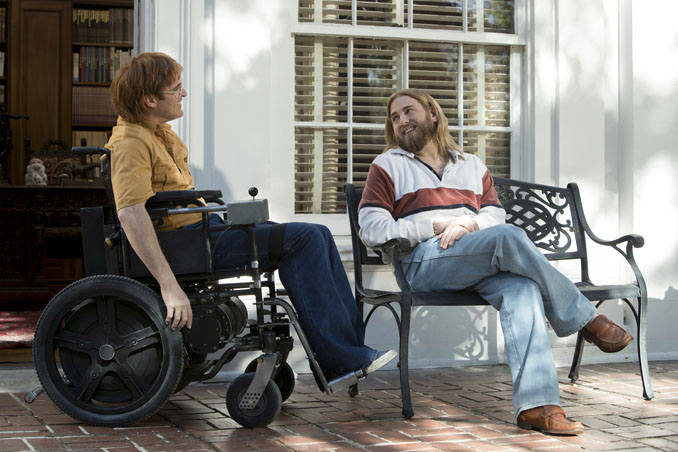
CM: How does your collaboration work with an editor, or in this case, a co-editor?
GVS: In this case, David was my assistant editor and he was assembling while I was shooting. Then he helped as I was cutting it. There were certain things that he did in the original cut that were so valuable.
CM: How did your working relationship with David progress and why did you promote him to co-editor?
GVS: David worked first on my Promised Land with editor Billy Rich, then The Sea of Trees with Pietro Scalia, and helped me set up an edit bay for The Sea of Trees. Through all of these things, David was very organized, had a lot of ideas and was one of the best visual effects people I have seen. The promotion was due to all his work on the first pass of the Don’t Worry, He Won’t Get Far on Foot. It was so good.
CM: David, what was the process on the other two Van Sant films on which you assisted?
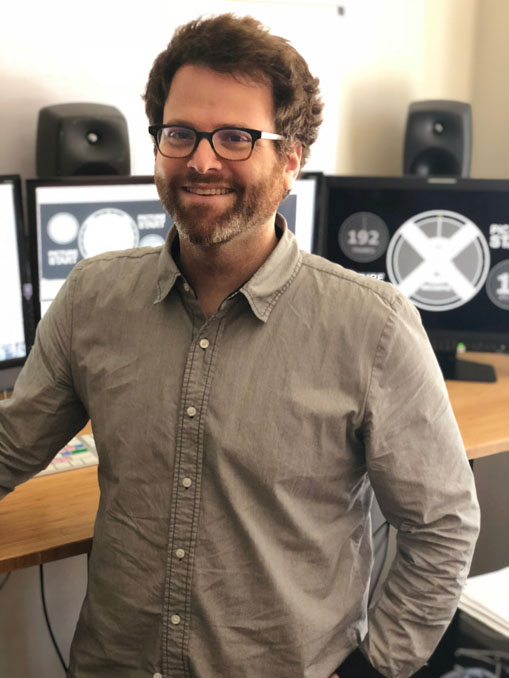
David Marks: On those movies, I was able to work under two of the best editors out there: Pietro Scalia and Billy Rich. I was assisting, but they were both so generous about keeping the crew involved and discussing the picture as it evolved that I was always learning creatively as well. I was obviously a huge fan of Gus, but really only worked with him in a technical capacity.
On the new film, Gus was initially looking for an assistant, but the situation called for more of a cutting role than usual — and I’m very fortunate that he trusted me to help take it on.
CM: Do you go back and forth on edits at all?
GVS: Yes. I was usually reorganizing the movie, taking sections and inter-cutting the sections in a different way. And then David was making sure everything was smooth. That was the back and forth. At the end, David was tightening up the whole movie. It’s really valuable to have that other person in the edit room.
DM: We would also divvy up notes between us, which helped things move quickly.
CM: David, you’ve been bumped from assistant to editor on this film, your first union feature, and you’re an additional editor on Beautiful Boy, coming out this fall. What are the challenges in stepping up from the assistant position?
DM: It seems to have the same challenges as advancing in other fields: reaching out to people, building new contacts, earning their trust that you can take on the responsibility, and being willing to risk turning down work in the old position. And, of course, accepting that timing and luck play a big part as well.
CM: Gus, do you consider yourself David’s mentor?
GVS: I’m not sure it has grown into that kind of relationship. I think I learn more from David than he does from me!
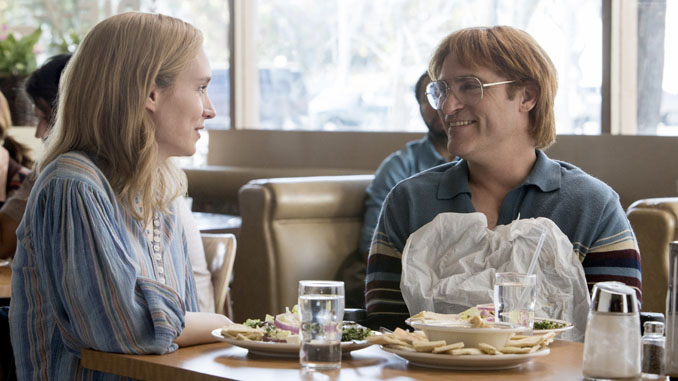
CM: What NLE did you two use on Don’t Worry?
GVS: I was always cutting on flatbeds and then Mala Noche was on rewinds. Paranoid Park was the first nonlinear system I used, and that was Final Cut Pro. This film was on Avid. As long as I can figure out how to get to a frame and connect it to another frame, I’m good. It’s not that hard.
CM: What were some of the things that you either loved or struggled with in the jump from film to digital?
GVS: When Curtiss Clayton was editing To Die For, in the next room to ours was Billy Crystal. He was directing Forget Paris [1995], and they were using a computer. It was the first time I had seen a filmmaker use [an Avid] to edit. [Forget Paris was edited by Kent Beyda, ACE, who changed from film to digital in the middle of post-production.] When I finally switched over, it was amazingly fast and convenient. Just to find a particular piece of film potentially used to take a couple hours. And now you can scroll through everything easily.
CM: What’s your philosophy on temp music?
GVS: I was using the style that I had seen earlier when working with David on Promised Land where Billy Rich would sort the different temp cues by their duration, so if your scene was 25 seconds, he could find a cue that was 25 seconds long.
DM: I actually didn’t know that Billy was doing that. But you told me about it, Gus. I thought that was brilliant. So I would sort the bin column by duration.
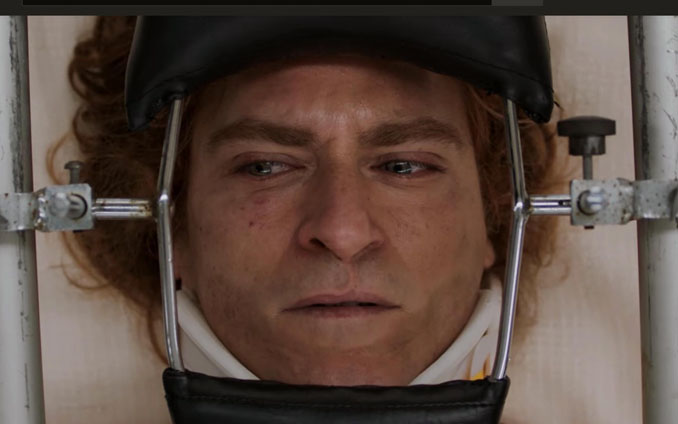
CM: What’s your approach as you are looking at a blank timeline?
GVS: I don’t use a selects reel. Also, there are not that many individual takes. I don’t select on the set. I just figure that we’re going to use all of it. It’s digital, so we’re not trying to save money by printing fewer takes.
The shooting schedule was so fast, I tended to only have a couple takes, if I could. I’m not used to selecting a take as we’re shooting. Because it’s so easy to match-frame now, you don’t need to use a selects reel; you can find the same line from four different takes by match-framing.
DM: For me, I start to build a mental framework of how the scene will play as I’m watching the dailies. After I’ve seen all the footage and made notes, I start piecing it together shot by shot, going back to the best bits I’ve noted. Once I’ve got the foundation built, I just keep refining it from there.
CM: How are you organizing the bins so that you and Gus can best work when you start editing?
DM: We have the project organized by scenes; each bin is in frame view. Our assistant editor Holly Sachi was on during dailies and she did a really great job of making sure everything was prepared and organized. The standard feature film organization principle with all the dailies within each scene is laid out by shooting order inside each scene bin. We tried to keep it as simple as possible, adding markers for retakes or restarts.
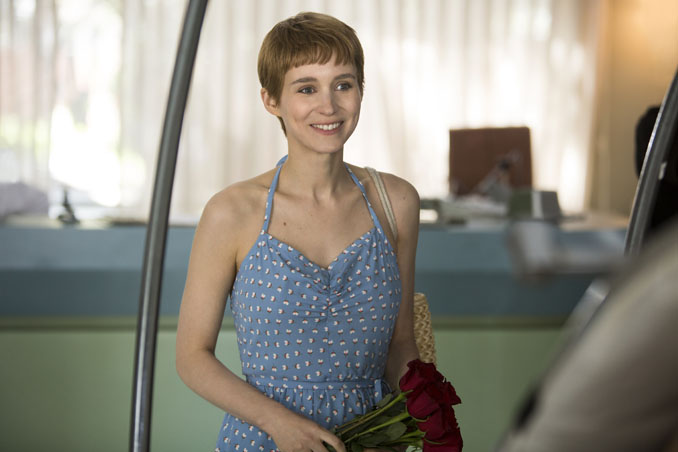
CM: Let’s talk about selecting performances.
DM: In doing the assembly, I found a lot of group scenes with multiple characters in one room. One thing I kept in mind was using the reaction shots wisely to drive home the idea of that particular moment. The performances were all so good you could just stay on them and wouldn’t have to cut away. But I used the reaction shots and the cutaways judiciously to reinforce the point of what the character was feeling and to bring the audience into that character’s mindset.
CM: How are you both notating great moments in performances as you’re watching dailies?
DM: I’m going through it pretty much old-school. I watch all the footage, make notes on each take and write it down. So when I started assembling the scene, I would have a list of my favorite or most effective pieces. In the past, I’ve done selects reels or added markers but, for whatever reason, in this particular case I just found it most helpful to take notes and then just refer back to them and use those as the anchor point in the scene.
Gus, my impression was that you just remembered your favorite pieces from the set and went right to them. Was that the case?
GVS: To an extent. There were few enough takes that I did know there were moments I was happy with. As I was editing, my process was just to go through all of the takes again and make marks.
CM: A lot of editors avoid going to set because they don’t want to be influenced by knowing what happens on set. Obviously, you didn’t have that option. Do you feel your deep knowledge of the shoot helps or hurts in the edit room?
GVS: As one of the editors, I know I’m going to be bringing that from the set. That’s something I try to be aware of — not to be married to something just because of an enthusiasm for it that happened on the set. After filming, the scenes have different levels of power and execution of theme. For directors, you’re always trying to think more like the audience than as the director.

CM: With the group scenes, are you concerned with keeping them alive?
DM: The scenes were well written and performed, so there was reason to go to them, but I was conscious of not letting the audience forget about any one person.
There’s a scene toward the end with John and Dexter [Black], which we reworked a little bit, and some of that was to get the emotion right for what was on camera. It’s a very emotional scene, so to get the most out of it, who do you see on camera at what point?
GVS: In the group scene, there were often ad-libs that we really liked, but they were not caught on camera, only on mic, so sometimes to show who was saying that particular line, we fudged it with reaction shots.
DM: That’s true. There was one scene in particular where there was a punch line, and it was off camera, so we actually had to play it on the reaction in one of the group scenes, because they were shot really documentary style.
CM: Talk about the restructuring that you did in post.
DM: This is an interesting case. The script was written to be fairly nonlinear, and I think maybe it became even more that way in the edit. Gus was really playing around with that and trying all kinds of different structures because the film takes place in multiple time periods and is kind of fractured. There were almost no constraints in a way. It was really freeing. So I think it was really about finding what felt right.
I remember that we moved the scene in which John sees Donnie [Hill] for the first time to much earlier because it became clear that the movie is so anchored by their relationship and it just seemed like Donnie was coming into the story a little too late.
GVS: We had edited for about a month and were having screenings — and there was one particular comment that a friend of mine, Bryce Castle, made. We didn’t notice how important Donnie’s character was, and the comment from Bryce was that every time you’re with Donnie it was the most exciting thing in the film and, when you go away from him, you miss him.
We realized that we weren’t really spacing Donnie out correctly. Sometimes we would have two Donnie scenes together when we actually needed to break up those two so that we could keep the Donnie ball in the air. So we’d separate those scenes and it buoyed the energy of the film quite a bit. That was our most important comment in the editing of the film, and we didn’t really see it because Donnie was always there. He was like Obi Wan Kenobi in Star Wars; the teacher, the mentor.
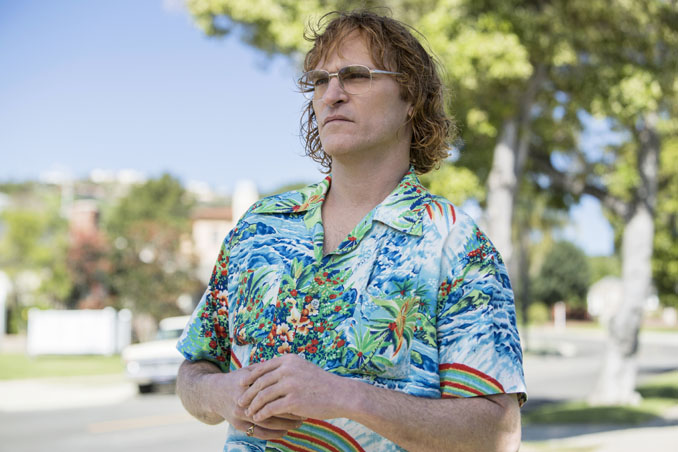
CM: In making those structural changes did you use cards on a wall or some other method of re-arranging the elements of the movie?
GVS: We did it right in the Avid. I think that’s one of the benefits of computer editing. It’s easy to move sections around. We were doing it in the timeline
CM: So once you get through the initial edits of the individual scenes, when you’re restructuring and treating the edit, do you, Gus, rely more on David in a traditional director-editor relationship, or are you still operating during that stage?
GVS: The one big sequence that I didn’t touch from David’s original editing was during the climax — the big psychological breakthrough — when John’s crying and there’s all kinds of stuff going on. I liked the original edit David had made so much that we never really went back in there. We just kept it the way it was, right?
DM: There was a tag we added and a few things we eliminated, and maybe a couple reactions…
GVS: …but, for the most part it’s pretty similar to how it was at the beginning. That scene was so successful that it just wasn’t touched. I think it was working so well that we just thought, “We’re not going to get further than that.”
And definitely not any further on foot.



